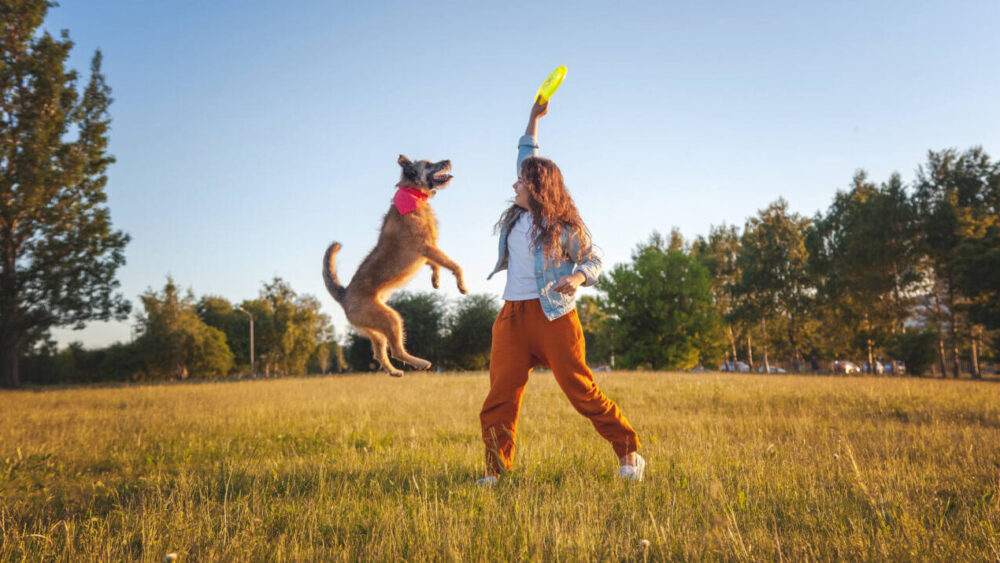How to adopt a retired police or military dog

- December 12, 2017 |Last updated on 04/29/2021
We all want to be comfortable and secure when we retire. And dogs that spend their lives working, whether in the military, law enforcement or security, deserve the same thing. Fortunately, there are organizations that help these hard-working dogs find loving homes for their golden years.
For example, the Transportation Security Administration has a canine adoption program to place its retired dogs in good homes. Mission K9 Rescue is another organization that helps to facilitate adoptions of retired military working dogs, also known as MWDs. These intelligent animals are trained by members of the 341st Training Squadron at Lackland Air Force Base in Texas and then deployed to Department of Defense units around the world. They are commonly used to detect drugs and explosives.
The retired dogs available for adoption are usually between 10 and 12 years old, and common breeds include German shepherds, Labrador retrievers, Belgian malinois and springer spaniels. Younger dogs that did not meet training standards may also be available for adoption.
“Every MWD, when they’re retiring, they do a behavioral test and an adoption test to make sure they’re not going to be food aggressive or bite a small child or chase the mailman down the street,” Air Force Chief Petty Officer Jason Silvis told VetStreet.com. “We do a wide variety of tests before we decide that the dogs are good to be adopted to the public.”
Silvis works with the dogs at Lackland, which houses the hub for military adoptions. While priority to adopt these dogs is given to civilian law enforcement agencies, followed by the dog’s previous handlers, members of the public can also apply.
Of course, households that want to adopt a retired working dog will have to meet certain standards, which vary depending on the adoption agency. TSA, for example, requires a fenced yard, no intention to move within six months of adoption, adherence to local pet ordinances, medical care, exercise, training and companionship for the dog, and vaccinations for other pets in the home. The agency also takes into account the ages of any children in the home.
Qualifying applicants are also asked to understand that the dog may not be housebroken and may have certain allergies or behavioral issues. All dogs, however, are vaccinated and neutered or spayed. Next, the TSA will send potential pet parents a formal application. If all the minimum requirements are met, they’ll be notified via email when a dog is available (complete with photos and profiles), or placed on a wait list.
The next required step would involve visiting the dog at the base in Texas. This is the only expense incurred prior to potential adoption and, according to the TSA, “multiple visits before a final match is made” may be necessary.
Overall, it’s a process — and one that can take a long time. The waitlist can be 200 people deep, and Lackland generally only places about five or six dogs a month. But good things always come to those who wait — especially if there are treats!






